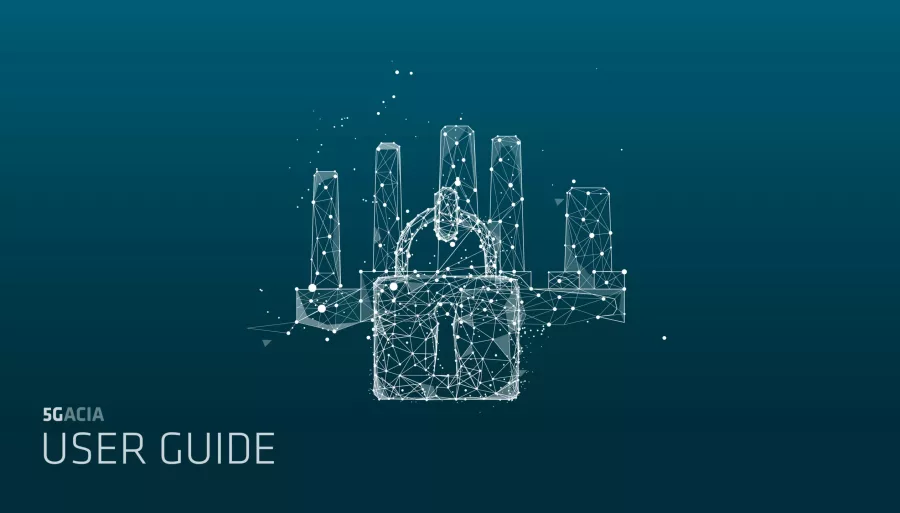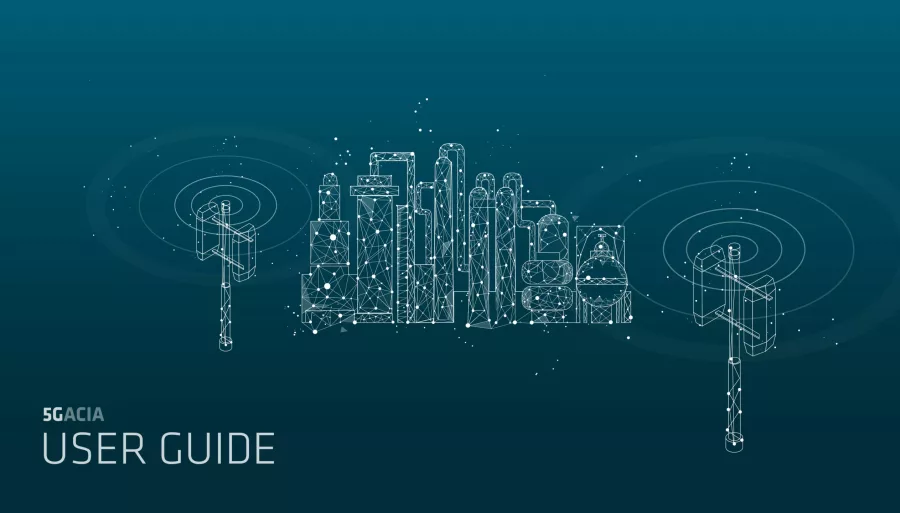Option 1: Isolated
In an isolated deployment, a complete 5G network is installed on the company premises.
- An isolated deployment is a full 5G system that is deployed on the premises of an industrial enterprise and managed by it, although it can also be built, installed, and maintained by a service provider. The required capital expenditure is relatively large.
- Due to the physical proximity to and isolation of traffic from the enterprise network, latency is comparatively low while throughput, availability, privacy, and security are high.
- Depending on whether an additional optional connection and subscriptions to a public network are set up, customizability can be either high or medium. For better connectivity, UEs need at least two independent subscriptions in the device.
Option 2: Shared RAN
Here the RAN is part of the public mobile network and shared with a company for an NPN.
- In a shared RAN deployment, most of the 5G system is built and managed by the enterprise but the RAN is shared with a public service provider.
- Due to the system’s physical proximity to the enterprise network and isolation of traffic, latency is low while throughput, availability, privacy, and security are high, although this also depends on the service provider’s RAN.
- Depending on whether an additional optional connection and subscriptions to a public network are set up, customizability can be either high or medium. For better connectivity, UEs need at least two independent subscriptions in the device.
Option 3: Shared RAN and control plane (also known as a “local breakout” or LBO)
In a local breakout, both the public mobile network’s RAN and the control plane are used and shared, while the user plane stays within the company’s site.
- In a deployment with shared RAN and control plane, most of the 5G system is shared and managed by the service provider, with only the user plane located in-enterprise. It is possible for the service provider to grant enterprise users access to management APIs. In some cases, it is also possible to deploy parts of the control plane and take a slicing approach.
- Due to the physical proximity and isolation of traffic from the enterprise network, latency is low while throughput, availability, privacy, and security are relatively high, although these depend to a greater extent on the service provider’s RAN and CP.
- Due to the need for a public network connection and subscriptions (managed by the enterprise), customizability might be low but roaming is easier to implement.
Option 4: Deployment in a public network
The NPN is part of a public network but treated as completely separate. This is achieved by virtualizing and isolating network functions (slicing). Each “slice” or portion of the network can be allocated based on the specific needs of the application, use case, or customer.
- With sliced deployment, the 5G system is built and managed entirely by the operator, with a virtually independent “slice” with dedicated resources being reserved for secure private use by the enterprise. It is possible for the service provider to grant enterprise users access to slice and subscription management APIs.
- The sustainable latency, throughput, and availability can differ from those in the operator’s network, depending on what is agreed.
- Because a connection and subscriptions to the public network are required, customizability is low but roaming is easier to implement.
- This option involves the lowest capital expenditure.




